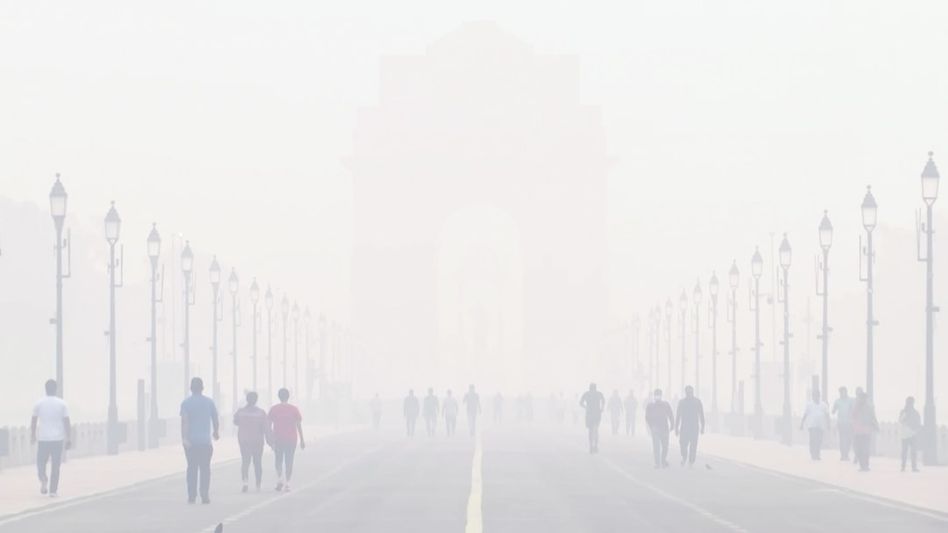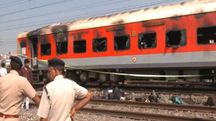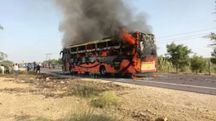Smog blankets Delhi after Diwali, air quality plunges to ‘very poor’ category
The Air Quality Index (AQI) climbed to 350 at 8 am, placing the national capital in the “very poor” category, according to data from the Central Pollution Control Board (CPCB).

A dense layer of smog covered Delhi on Tuesday morning, a day after Diwali celebrations, as pollution levels soared across the city. The Air Quality Index (AQI) climbed to 350 at 8 am, placing the national capital in the “very poor” category, according to data from the Central Pollution Control Board (CPCB).
Several parts of the city reported pollution levels far worse than the city's average. Bawana, Jahangirpuri, and Wazirpur recorded AQI levels of 423, 407, and 408, respectively — all falling in the “severe” range, which poses health risks even for healthy individuals. Other areas such as Ashok Vihar (389), Burari Crossing (399), and Punjabi Bagh (376) also reported dangerously high pollution levels.
Across Delhi, most monitoring stations remained in the red zone, with Anand Vihar at 358, ITO at 342, Lodhi Road at 322, and IGI Airport at 302. The poor air quality followed widespread use of firecrackers during Diwali night, despite restrictions.
Other major cities also saw deteriorating air conditions, though less severe. Mumbai’s AQI stood at 214 (“poor”), Patna at 224, Jaipur at 231, and Lucknow at 222. Southern cities fared better, with Bengaluru at 94 (“satisfactory”), Hyderabad at 107 (“moderate”), and Chennai at 153 (“moderate”).
Health experts warn that prolonged exposure to “very poor” air can cause respiratory problems and exacerbate existing health conditions. The CPCB classifies AQI between 301–400 as “very poor” and 401–500 as “severe.”
Ahead of Diwali, the Supreme Court had allowed the limited use of green firecrackers in Delhi under strict conditions. However, the post-festival spike in pollution has prompted authorities to step up emergency measures.
The Commission for Air Quality Management (CAQM) has enforced Stage 2 of the Graded Response Action Plan (GRAP) across the National Capital Region. The plan mandates mechanical and vacuum sweeping of roads, daily water sprinkling with dust suppressants, higher parking fees to discourage private vehicles, and enhanced public transport services.
Authorities have also intensified inspections at construction and demolition sites to curb dust emissions. Agencies have been instructed to synchronise traffic signals, deploy more personnel at intersections, and ensure public awareness through media alerts.
The CAQM has directed all departments to strictly follow dust control and emission reduction measures to prevent further deterioration. With winter approaching, experts warn that stagnant weather conditions may trap pollutants, potentially pushing Delhi’s air quality into the “severe” zone in the coming days.
Copyright©2025 Living Media India Limited. For reprint rights: Syndications Today









